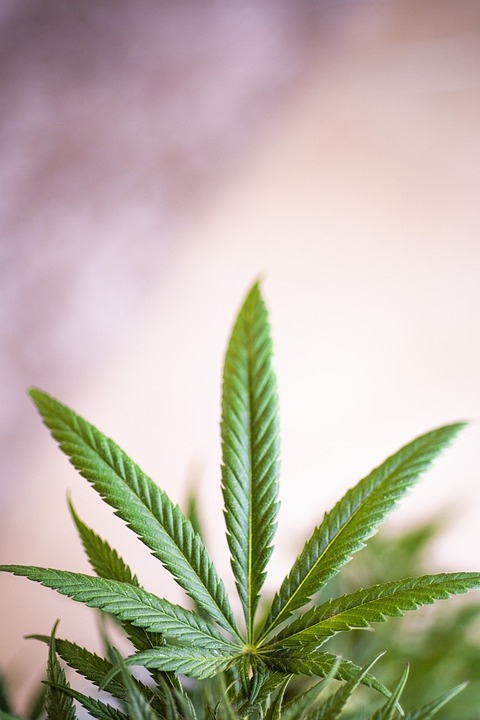From Farm to Market: The Journey of Hemp
Introduction
Hemp, also known as industrial hemp, is a versatile and sustainable crop that has been cultivated for thousands of years. From textiles and paper to food and biofuels, hemp has a wide range of uses and benefits. In this article, we will explore the journey of hemp from the farm to the market, highlighting the different stages of production and the various products that can be made from this wonder crop.
1. Cultivation
The journey of hemp begins on the farm, where the crop is grown under specific conditions to ensure optimal growth and quality. Hemp is a hardy plant that can thrive in a variety of climates and soil types, making it a versatile crop for farmers around the world. The cultivation process involves planting hemp seeds in well-drained soil, providing adequate water and nutrients, and controlling pests and weeds to ensure a healthy crop.
2. Harvesting
Once the hemp plants have reached maturity, they are ready to be harvested. Hemp is typically harvested by hand or with specialized equipment, depending on the scale of the operation. The plants are cut at the base and then dried to remove excess moisture. After drying, the hemp plants are processed to extract the valuable fibers and seeds that can be used to make a variety of products.
3. Processing
After harvesting, the hemp plants undergo a series of processing steps to extract the fibers and seeds. The fibers can be used to make textiles, paper, and building materials, while the seeds can be used to make food products such as hemp oil, hemp seed protein, and hemp seed flour. The processing of hemp involves separating the fibers from the woody core of the plant and extracting the seeds from the seed pods.
4. Manufacturing
Once the fibers and seeds have been extracted from the hemp plants, they can be used to manufacture a wide range of products. Textile manufacturers use hemp fibers to make clothing, bags, and other textiles that are durable and eco-friendly. Paper manufacturers use hemp fibers to make high-quality paper that is more sustainable than traditional wood pulp paper. Food manufacturers use hemp seeds to make nutritious and delicious products that are rich in protein and essential fatty acids.
5. Marketing
After the hemp products have been manufactured, they are ready to be marketed to consumers. Hemp products are in high demand due to their sustainable and eco-friendly properties, as well as their nutritional benefits. From clothing and paper to food and cosmetics, hemp products can be found in a variety of industries and markets around the world. As consumer awareness of the benefits of hemp continues to grow, the market for hemp products is expected to expand in the coming years.
Conclusion
In conclusion, the journey of hemp from the farm to the market is a fascinating and important process that highlights the versatility and sustainability of this wonder crop. From cultivation and harvesting to processing, manufacturing, and marketing, hemp offers a wide range of uses and benefits that make it a valuable and profitable crop for farmers and manufacturers alike. As consumer demand for sustainable and eco-friendly products continues to grow, hemp is poised to play an increasingly important role in our economy and society.
FAQs
Q: Is hemp the same as marijuana?
A: No, hemp and marijuana are different varieties of the cannabis plant. Hemp is cultivated for its fibers and seeds, while marijuana is cultivated for its psychoactive properties.
Q: Is hemp legal to grow and sell?
A: Yes, hemp is legal to grow and sell in many countries around the world, including the United States. However, there are regulations and restrictions on the cultivation and sale of hemp products that vary by region.
Q: What are some of the benefits of using hemp products?
A: Hemp products are sustainable, eco-friendly, and versatile. They are also rich in nutrients, such as protein and essential fatty acids, making them a healthy and nutritious choice for consumers.


Comments are closed.